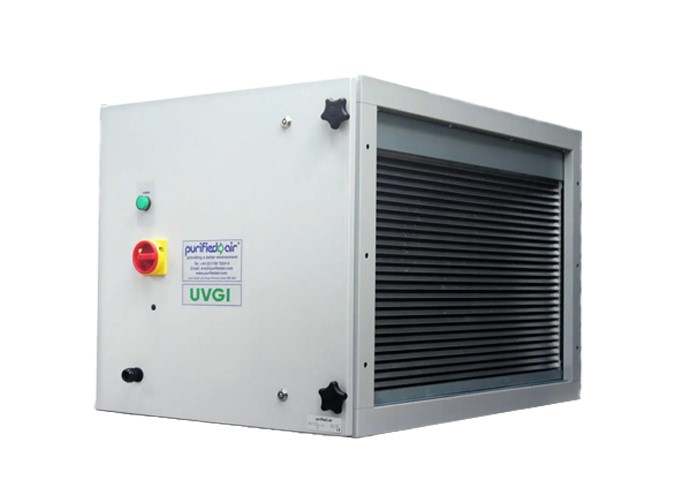Are you still using traditional filters to manage charcoal dust in your business, or is it time to explore better solutions? Charcoal is heavily used in restaurants, industrial settings, and even manufacturing. Environments exposed to charcoal emissions can impair the air quality and become a significant concern. Traditional filters have long been used for capturing airborne particles, but are they the most effective option today?
Electrostatic Precipitator for Charcoal (ESPs) is emerging as a powerful alternative as technology advances. Unlike traditional filters, ESPs use electrical charges to remove even the finest dust from the air.
But how do these two methods compare when dealing with charcoal particles? In this blog, we’ll explore the strengths and limitations of both systems, giving you the insights you need to make the best choice for your business.
Understanding Charcoal’s Impact on Air Quality
Charcoal emissions can be a contribute to poor indoor air quality. In environments such as restaurants, factories, and industrial plants charcoal is frequently used. When charcoal is burned, it releases various particles and gases into the air. These include fine dust, smoke, and other pollutants that can quickly accumulate in an enclosed space.
Over time, these emissions can create a hazardous environment, posing health risks such as respiratory issues, and eye irritation. Long-term conditions like asthma can even arise. Moreover, the buildup of charcoal dust can lead to fire hazards, equipment malfunctions, and unpleasant odors. These factors can negatively impact your business operations and reputation as well.
Traditional Filters: How Do They Work?
Traditional air filters are a common choice for businesses looking to manage charcoal dust. These filters typically use physical barriers—such as mesh, fabric, or pleated paper. They mainly aim to trap airborne particles. As air passes through the filter, the particles are caught in the material, preventing them from circulating back into the environment.
While traditional filters can be effective in capturing larger particles, they often struggle with finer dust, such as the type produced by burning charcoal. Over time, these filters can become clogged with debris, reducing airflow and forcing your system to work harder to maintain air quality. This not only decreases the efficiency of your ventilation system but also increases energy consumption and operational costs. Additionally, traditional filters require regular cleaning or replacement, adding to the ongoing maintenance burden.
Electrostatic Precipitators: A Modern Alternative
Electrostatic Precipitator for Charcoal (ESPs) represent a more advanced approach to air filtration. Instead of relying on physical barriers, ESPs use electrical charges to remove particles from the air. Here’s how they work: as air flows through the ESP, particles are given a negative charge. These charged particles are then attracted to positively charged plates or collection cells within the unit. Here, they are trapped and removed from the air.
One of the key advantages of ESPs is their ability to capture extremely fine particles. They can even catch tiny dust produced by charcoal. This makes them particularly effective in environments where traditional filters might struggle.
Moreover, ESPs do not suffer from clogging issues as traditional filters. This means that they maintain consistent airflow and efficiency over time. Maintenance is also simpler; instead of replacing the entire filter, you typically only need to clean the collection plates.
While traditional filters offer a standard solution, they may not be as effective in dealing with fine Charcoal particles. On the other hand, ESPs provide a more advanced, efficient, and low-maintenance option.
Purified Air NYC offers top-tier solutions tailored to your specific needs, providing advanced air filtration systems that ensure maximum efficiency and minimal maintenance.
Ready to take the next step? Contact us today!
